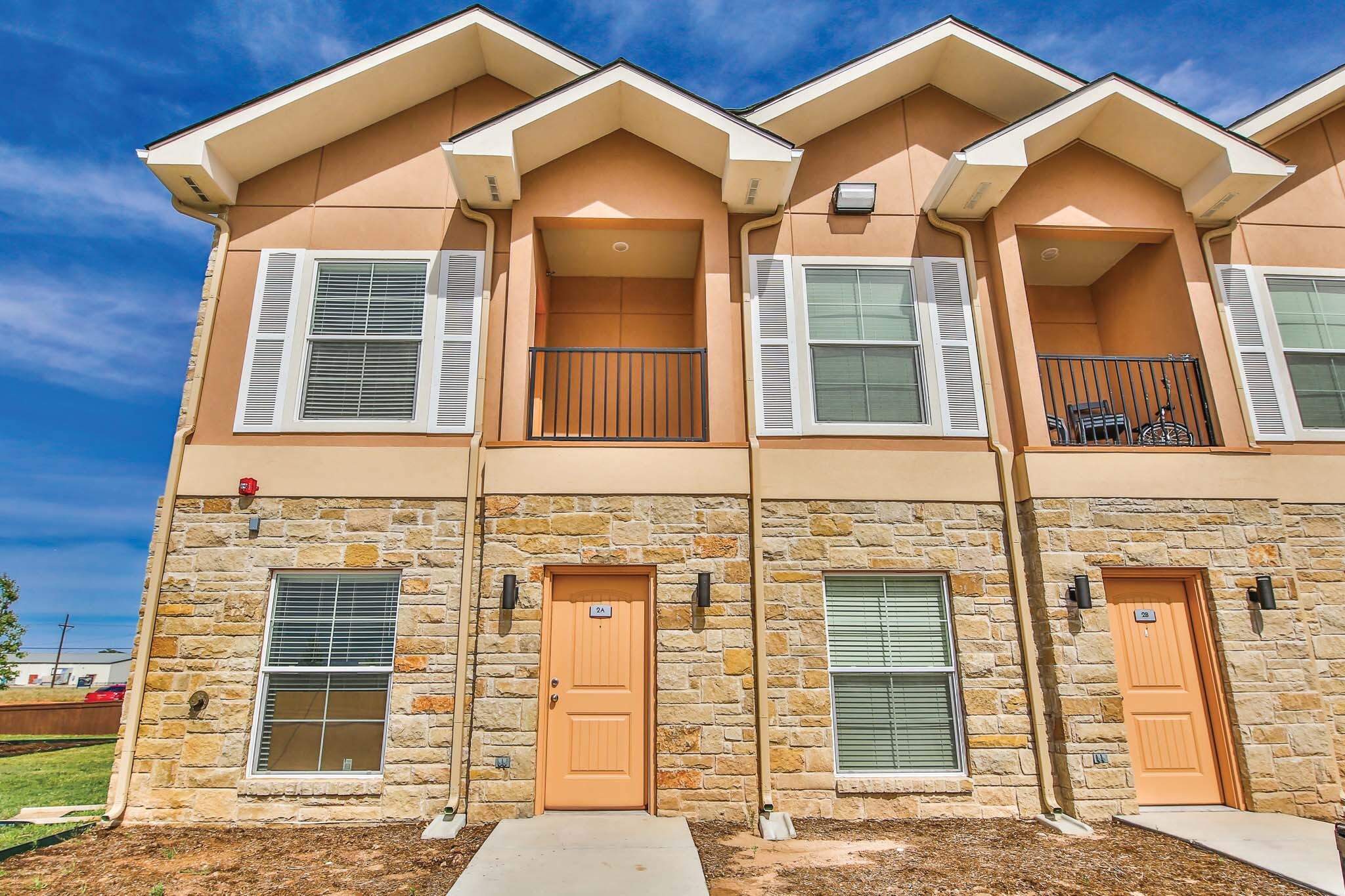
CoreVest: A Longtime Player in the Now-Trendy Build-to-Rent Market
This article originally appeared on Originate Report
Amidst the nationwide imbalance of supply and demand in the housing market, the build-to-rent micro-market has emerged as a growing trend in the single-family residential sector. Originate had the distinct pleasure of speaking with Beth O’Brien, Chief Executive Officer at CoreVest Finance, to explore the dynamics behind the notable rise of the build-to-rent model and how CoreVest is facilitating continued growth for real estate investors focusing on this approach.
Can you provide us with a quick background of the origins of CoreVest?
CoreVest is one of the original private lenders in the single-family rental space. The company started out as Colony American Finance (CAF) in 2014 as part of Colony American Homes. AuctionFInance.com, a fix-and-flip lender that I also co-founded in 2012, was acquired and integrated into CAF in 2015. In 2017, CAF was recapitalized by Fortress Credit Funds who eventually sold the company to Redwood Trust, a public mortgage REIT in late 2019. Overall CoreVest is unique in the space for several reasons.
It has always financed both bridge assets (shorter duration, value add, 1-to-2-year loans) and permanent assets (stabilized 5-, 10- and 30- year loans), and it typically finances in portfolios for the operators while originating loans with the expectation that it will hold the risk either through balance sheet or securitization where it holds the first loss component. CoreVest is the only private lender who is fully integrated form loan sourcing to portfolio management of the credit bonds in the securitizations.
Have you noticed a shift towards a build-to-rent approach? How does a company or investor determine if this model fits their unique requirements?
We have definitely seen many clients increase the ratio of build-to-rent in their portfolios. They usually accomplish this by either buying directly through builders or by completing the construction process on their own. Generally, they have transitioned into this space after having trouble procuring assets in their respective markets that fit the renovate to rent model.
What prompted the increasing popularity of build-to-rent in the current market
The recent trend of the build-to-rent approach can be attributed in large part to the severe housing shortage in work-force housing. Lagging construction levels coupled with the uptick in demand has resulted in rampant price increases on a national basis. This has prompted many once-aspiring homebuyers to consider renting their homes for at least the time being, which is great news for investors focusing on the build-to-rent approach.
CoreVest is able to close build-to-rent transactions in 30-45 days. We really see ourselves as a true lifecycle lender. We want to be able to finance our clients at all stages of their project whether its construction, bridging or permanent financing. Our unique model provides us the flexibility to jump in at any stage of a given project and finance it.
Is this trend a result of the pandemic or in spite of it?
I believe the rise of build-to-rent is primarily driven from demographics that were very apparent before the onset of the pandemic. Build to rent is a hot topic because so much institutional capital is coming into the market. But it has been around for decades, and CoreVest has always financed it—two of our very first loans years ago were devoted to build-to-rent communities.
We have also responded to our clients’ input and needs by providing more products to meet demand. Build-to-rent is a very sustainable model as it can accommodate so many different investment strategies—whether its single property investments or entire communities.
Which strong markets do you prefer and what data points do you use to make those determinations?
We look for a few things. Access to jobs and schools are very important but carry different weight in different markets. For example, we like Huntsville Alabama for build to rent since the job base very much favors newer detached housing. It is the highest per capita PhD base in the country due to all the NASA contractors but they tend to hire junior engineers who have high income but may not have kids yet.
There, the schools may be less important than the dog parks or other amenities that build-to-rent communities have to offer. The important thing is that you need to have available land. One of the biggest risks is that investors are pushing further out from amenities to find available rent. In a tertiary market the demand may not be there in the long term.
Is build-to-rent a fad or here to stay?
It is definitely not a fad. It has always existed and is a structural component of the US housing stock. CoreVest financed 30-year-old homes in Memphis and parts of Ohio that were build-to-rent when they were built and are still being rented. We are also financing a group out of Camden, NJ who are revitalizing a build-to-rent community there that was built after the second world war to accommodate the local ship building industry.
Build-to-rent is here to stay and CoreVest will continue to be active in the space. The great thing about build-to-rent is that each strategy is a little different—you just have to have factors that drive residents to your community whether that be a clubhouse or the fact that every residence is a free-standing house offering renters a sense of ownership.
View the original article here.
#IG